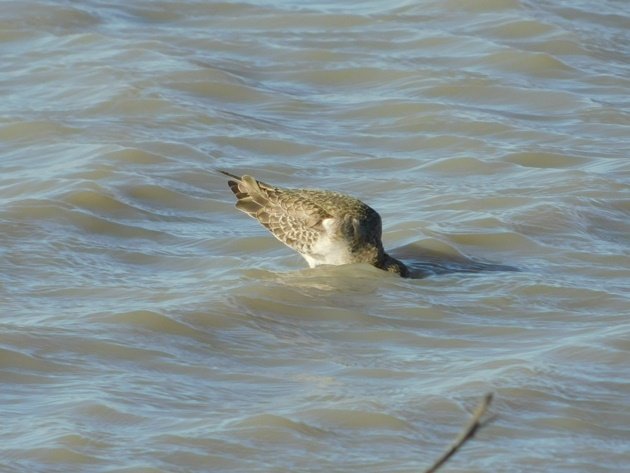
One of the more common shorebirds along Broome’s beaches is the Curlew Sandpiper-Calidris ferruginea. They are often found in large mixed flocks and many have recently arrived from the Northern Hemisphere. All of the shorebirds that have recently arrived are hungry after their long flights to Australia. On the beaches they are not able to feed all of the time, because they are dependent on the tide. When the tide drops the mud is exposed and they can feed. We have had some of the biggest tides of the year recently. With movements of ten metres vertically a lot of mud has been exposed at low tide, but there has been little to no place for shorebirds to roost at high tide.
When we visited an ephemeral lagoon recently a Curlew Sandpiper was able to feed non-stop. The conditions were windy, so it appeared that it was in the surf! The bird barely had its head above water as it fed. It was challenging to even get a photo of its bill! It was not clear exactly what it was eating, but there were also Sharp-tailed Sandpipers, Wood Sandpipers and Black-fronted Dotterels feeding well around the edges of the lagoon. The mud held a good source of food and they were all taking advantage of it.
Curlew Sandpiper feeding
The lagoon will continue to dry out over the coming weeks and months if we don’t get rain. More mud will be exposed and the water will continue to be an important resource for all of the local bird-life and wildlife. Once the rains come the birds can disperse again. The shorebirds will return to the shore and as the land floods we will be restricted to only using bitumen roads. Among the shorebirds on the beach we will also keep an eye out for the arrival of Broad-billed Sandpipers.

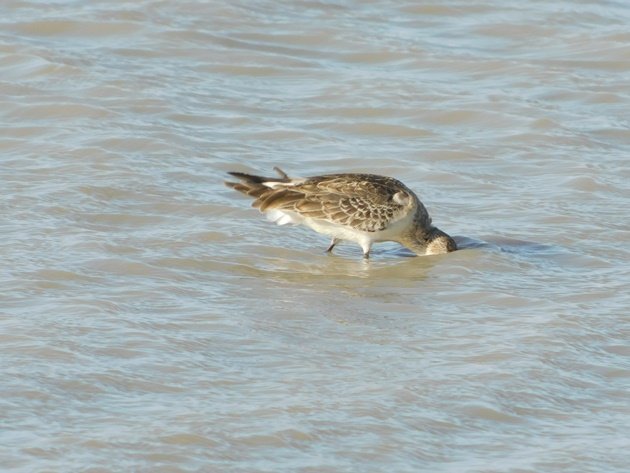
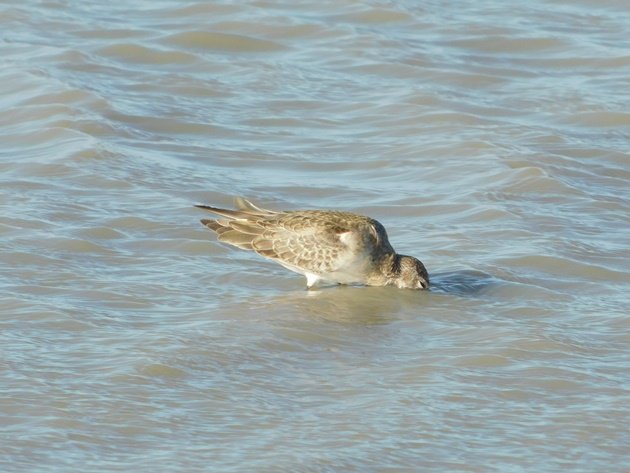
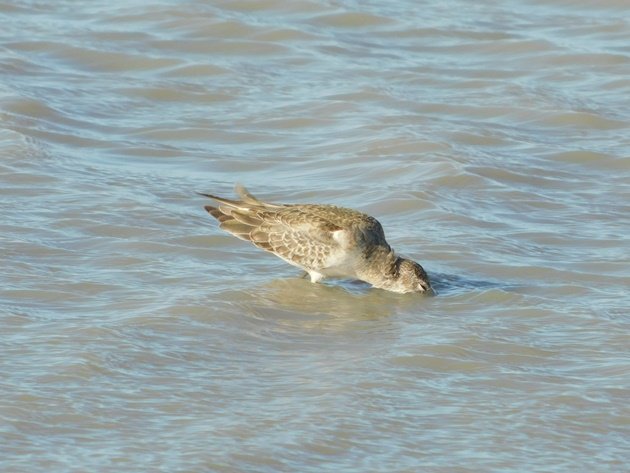
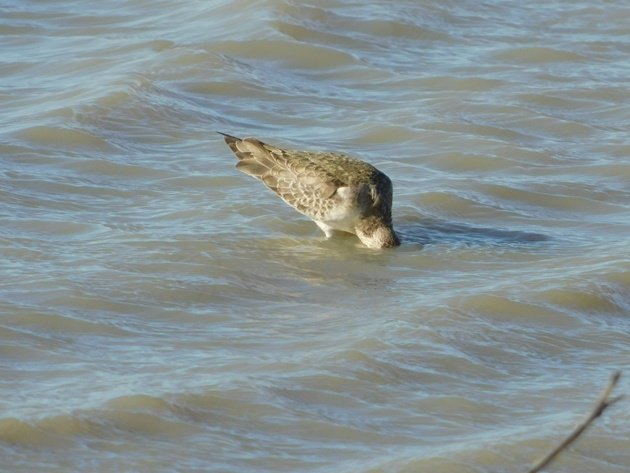
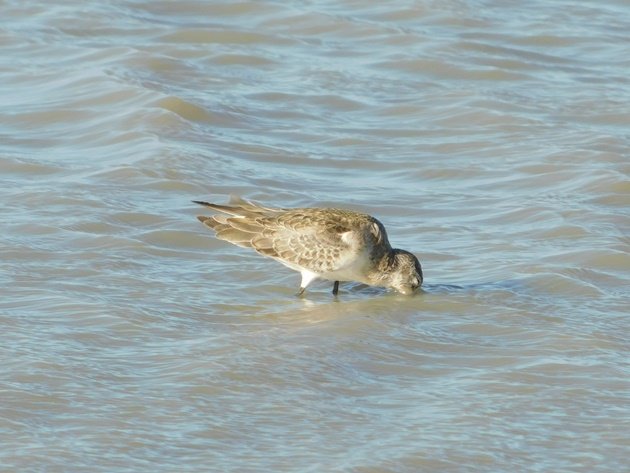
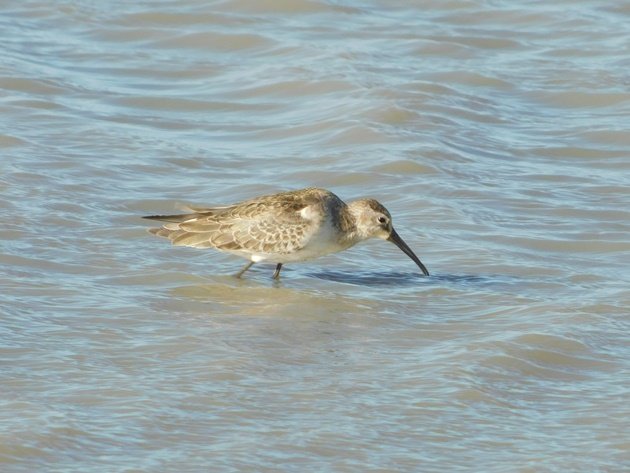










Leave a Comment